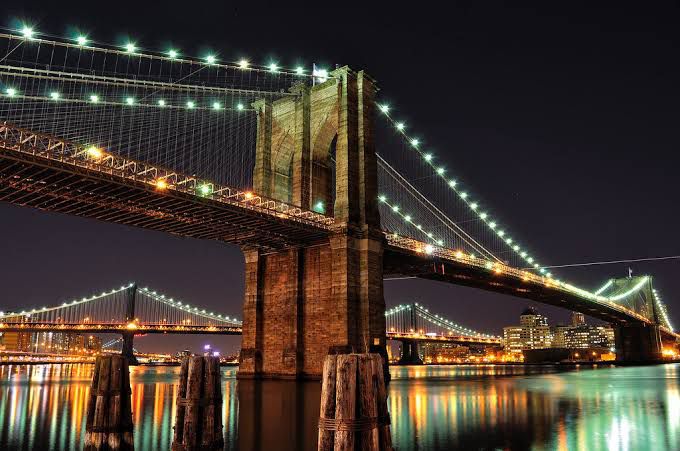
A catastrophic incident occurred Saturday night in New York City when the Cuauhtémoc, a Mexican Navy training vessel, collided with the bottom of the Brooklyn Bridge. The impact tragically claimed the lives of two sailors and left at least 22 others injured, many of them critically, officials reported.
The Cuauhtémoc, a 300-foot-long, steel, three-masted barque constructed in 1981, was on a diplomatic tour aimed at fostering international goodwill and enhancing naval education. Carrying 277 individuals, including cadets and staff, the vessel had been docked at Pier 17 in Manhattan. Its intended route was southbound through New York Harbor with a scheduled fuel stop in Brooklyn before continuing on to Iceland. However, events took a disastrous turn around 8:30 p.m.
Authorities are still investigating why the ship began sailing in the wrong direction, eventually attempting to pass beneath the Brooklyn Bridge—which offers about 127 feet of vertical clearance. The ship’s tallest masts, however, rise approximately 160 feet. Verified videos captured the dramatic moment when the masts collided with the bridge’s underside, sending two sailors swinging violently and leaving others clinging to ropes or inching along the wreckage to safety.
The vessel, which was reportedly reversing at the time and being assisted by a tugboat, came to a stop near Brooklyn Bridge Park. Emergency responders quickly arrived, and the injured were transported to Pier 16. Bystanders gathered as medical crews treated those hurt, many of whom had visible wounds, slings, and bandages.
One of the deceased has been identified as América Yamileth Sánchez Hernández from Veracruz. Mexican President Claudia Sheinbaum and Veracruz Governor Rocío Nahle both confirmed the death and extended condolences to her family.
New York City Mayor Eric Adams noted that the ship had lost propulsion due to a mechanical malfunction before the collision. The National Transportation Safety Board has initiated a thorough investigation, and the Mexican Navy has pledged full cooperation and openness throughout the process.
Speaking at the scene, Deputy Mayor for Public Safety Kaz Daughtry said several crew members remained aboard the ship overnight as plans were being made for accommodations and next steps. He described the sailors as honorable individuals and stressed the city’s commitment to their care.
By Sunday, the damaged ship had been relocated to Pier 36, where the extent of mast destruction was visible. Crew members were seen securing the vessel and reboarding, including some who were visibly injured.
The Cuauhtémoc embarked on its current mission from Acapulco on April 6. The tour was scheduled to last 254 days with planned visits to major international ports including Havana, Reykjavik, Aberdeen, Avilés, and London. That voyage is now temporarily suspended.
Admiral Raymundo Pedro Morales Ángeles confirmed that cadets not hurt in the accident will continue their training, and emphasized that the cause of the collision would be investigated with integrity.
For many, the ship holds sentimental value. Roque Anaya, who traveled from Rhode Island with his family to view the Cuauhtémoc, recalled learning about the vessel as a child in Hidalgo. His daughter, Jessica, became emotional while reflecting on the tragedy, saying, “It’s heartbreaking… we came to see this ship.”
The ship’s immediate future remains unclear. Mexican naval authorities said it will undergo a detailed technical inspection before any decisions are made regarding repairs or repatriation.
Fortunately, the Brooklyn Bridge did not suffer major structural damage. All lanes were temporarily closed as a precaution, but early assessments confirmed its structural integrity remained intact, according to NYC Transportation Commissioner Ydanis Rodriguez.
The Brooklyn Bridge, completed in 1883, is one of New York City’s most enduring symbols. This is not its first brush with maritime accidents; tall ships have collided with it in the past, including notable incidents in 1921, 1934, and 1986.
As the city grapples with this latest tragedy, the East River once again serves as a stage for both triumph and sorrow—reminding all of the unpredictable dangers that still accompany life at sea.